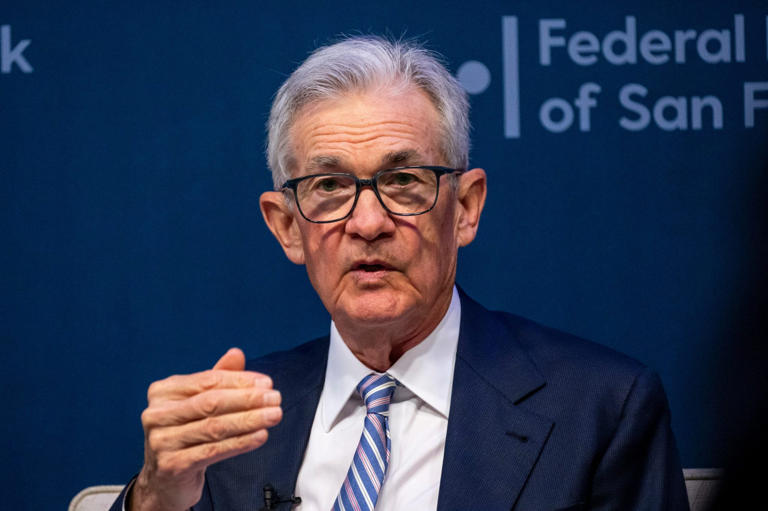The recent report from the Commerce Department has stirred significant unease among investors, indicating a potential shift from long-standing recession preparations to the daunting prospect of stagflation. This economic phenomenon, characterized by stagnant growth coupled with inflation, presents a perplexing challenge for both policymakers and investors alike. While economists and financial institutions had initially projected first-quarter GDP growth to be around 2.5%, the actual figure came in at a disappointing 1.6%. Simultaneously, the Personal Consumption Expenditures (PCE) price index, a key inflation metric favored by the Federal Reserve, surged to 3.4%, marking a notable increase from the previous quarter’s 1.8%.
This convergence of lackluster economic expansion and rising inflation has sent shockwaves through Wall Street, prompting deep concerns about the trajectory of the economy. Mark Haefele, the head of investment at UBS Global Wealth Management, highlighted the inherent challenges of preparing for a scenario like stagflation, where conventional economic tools and strategies may prove ineffective. Stagflation poses a particularly thorny dilemma, as attempts to address one aspect, such as inflation, could inadvertently worsen others, including economic growth and unemployment.
Despite the absence of elevated unemployment rates, a key characteristic of stagflation, the current economic indicators have sparked fears of its potential onset. Stagflation, historically rare but highly disruptive, poses a significant threat to investment portfolios and financial markets. Traditional sources of returns, such as stocks and bonds, may struggle to deliver satisfactory performance in an environment plagued by sluggish growth and mounting inflationary pressures.
While Haefele maintains a cautious stance, he anticipates a moderation in inflation during the latter half of the year, which could provide the Federal Reserve with room to consider lowering interest rates. Treasury Secretary Janet Yellen struck a more optimistic tone, affirming the underlying strength of the economy despite the subdued growth figures. Yellen emphasized the resilience of the labor market, highlighting it as a key pillar supporting the overall economic outlook.
Amidst the prevailing concerns, some voices on Wall Street have sought to identify potential silver linings in the current economic landscape. Mike Reynolds, vice president of investment strategy at Glenmede, pointed to the positive implications of another favorable GDP reading, suggesting that it bolsters the argument for a “soft landing” scenario where the economy navigates these challenges with relative stability.
Despite varying perspectives, the recent economic data underscores the complexity and uncertainty facing policymakers and investors as they grapple with evolving market dynamics and potential risks. In this environment of heightened volatility and economic ambiguity, prudent risk management and strategic asset allocation remain paramount for investors seeking to navigate the uncertain terrain ahead.
